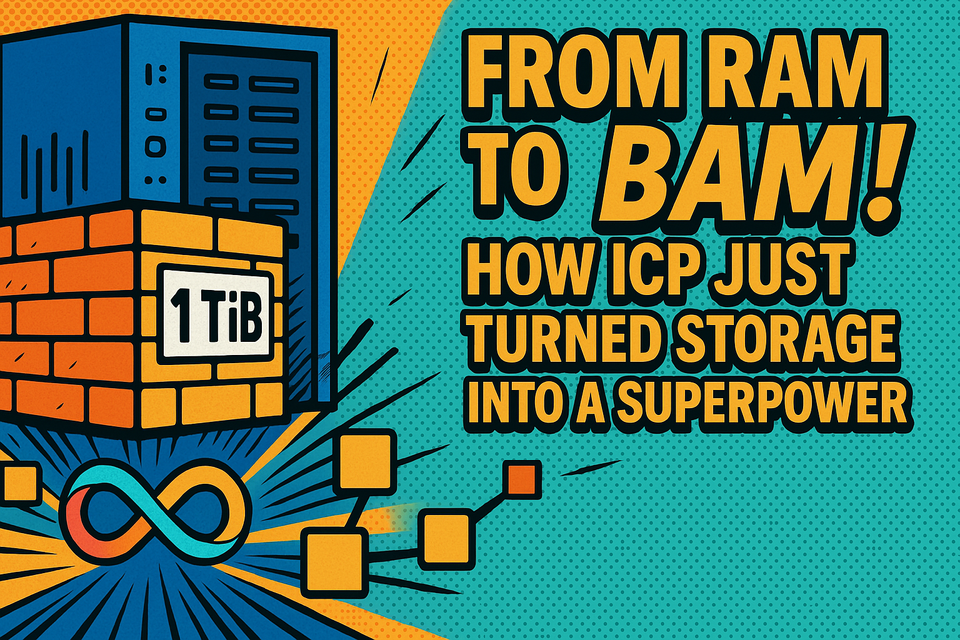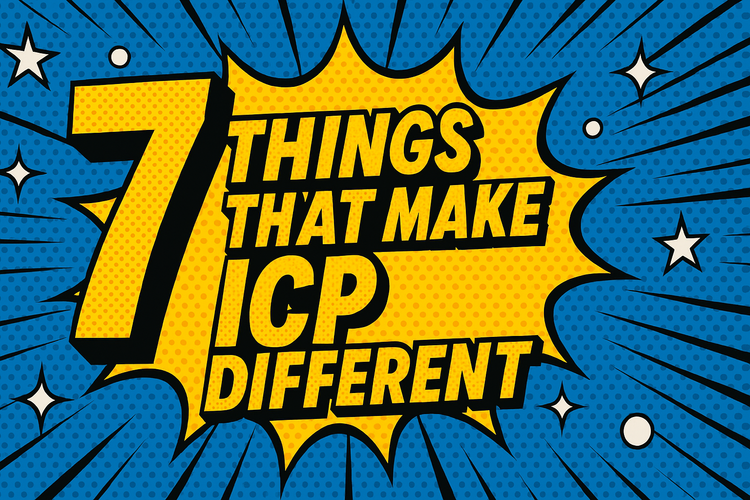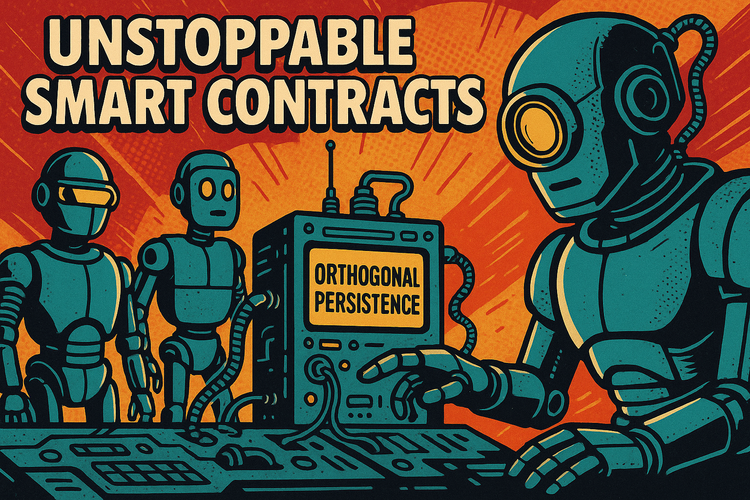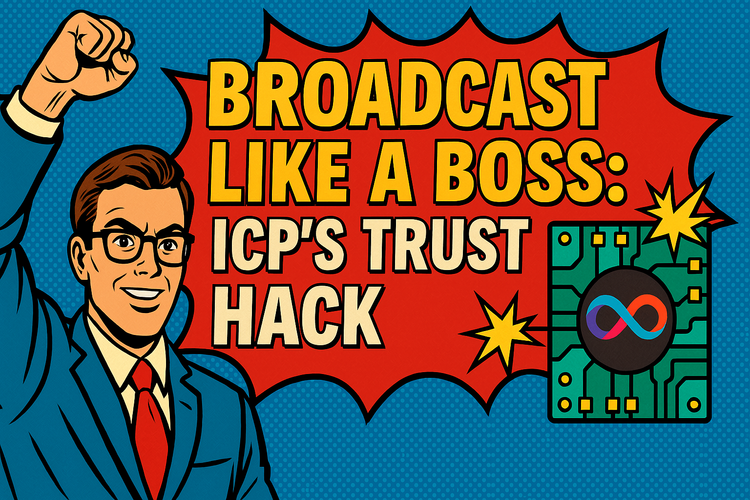From RAM to BAM! How ICP Just Turned Storage Into a Superpower

Once upon a time, blockchains were glorified notebooks—good for logging stuff like token swaps and monkey JPEGs… but don't you dare try to run a full app on them. Storage? Limited. Expensive. Painful.
Then came ICP—not just flexing smart contracts, but offering fully replicated, on-chain storage that feels like RAM on a mega-server, but for the blockchain. The latest update? Each subnet now packs 1 TiB of replicated storage, and they’re already on track to double it to 2 TiB. All without selling their soul to centralized clouds. 🚀
📦 Fully Replicated > Distributed: Why ICP Isn’t Settling
Most blockchains store files like a group project in high school: scattered, unreliable, and no one’s sure who has the final version. That’s distributed storage—good for saving static blobs, but not much else.
ICP does it the hard way (read: better way): fully replicated storage. Every node keeps the full state, meaning every dapp gets memory that’s fast, updatable, and persistent—like server-grade RAM that lives forever.
🧠 Why This Works (And Doesn’t Explode Yet)
ICP pulled off this storage sorcery using three cheat codes:
- Deterministic Decentralization: The Network Nervous System (NNS) hand-picks nodes for subnets, keeping things lean and diverse.
- Stellarator Milestone: A complete storage engine revamp that now handles 1 TiB per subnet with performance so smooth it’s ready for a sequel.
- Subnet Scaling: Need more space? Spin up another subnet like it’s Netflix launching new shows.
Right now, ICP runs 34 subnets, totaling 34 TiB of storage. That’s enough space to run an army of AI dapps or a decentralized YouTube (just sayin’). But 2 TiB per subnet? That’s next.
⚙️ The Road to 2 TiB (and Beyond)
Can we go higher? Yes, but it's like upgrading to a mansion—you need to check the plumbing first.
Engineers are benchmarking how nodes handle full state syncs, edge-case hashing, and disk usage bloat. If things go well, 2 TiB is a few tests away. But going to 4 TiB or beyond? That’ll need deeper surgery—like smarter file storage, more aggressive pruning, and even protocol upgrades.
But hey, AI agents living fully on-chain isn’t just a dream anymore. It’s part of the plan.
🌍 What About Blob Storage?
The team isn’t ignoring distributed storage either. That’ll come later—perfect for static blobs, NFTs, media files, etc. But first? Make fully replicated storage king.
🚨 TL;DR:
- ICP now supports 1 TiB of storage per subnet — 34 TiB network-wide.
- Plans to double to 2 TiB soon, and later go beyond.
- This isn’t a basic chain anymore—it’s becoming the decentralized data layer for the open internet.
Want more crypto x research hot takes?
We got you. Every week. Every Day.
Stay Notoko...
💡 Subscribe to Notoko Bytes for more crypto chaos straight to your inbox! 🚀

Want to feature your brand on Notoko Bytes? 🚀 Contact us at ctrascend@gmail.com for sponsored posts!
Disclaimer
*The information and analysis provided in this article are intended for educational and informational purposes only and should not be considered as financial, investment, or professional advice. While our team strives to ensure the accuracy and reliability of the content, we make no representations or warranties of any kind, express or implied, about the completeness, accuracy, reliability, suitability, or availability of the information presented.
The content within this article may include opinions and forward-looking statements that involve risks and uncertainties. The blockchain and cryptocurrency markets are highly volatile, and past performance is not indicative of future results. Any reliance you place on the information presented is strictly at your own risk. Before making any investment decisions, we highly recommend consulting with a qualified financial advisor or conducting your own thorough research.
By accessing and using the information provided in this article, you acknowledge and agree that neither the authors, publishers, nor any other party involved in the creation or delivery of the content shall be held liable for any direct, indirect, incidental, consequential, or punitive damages, including but not limited to loss of profits, goodwill, or data, arising out of your use or inability to use the information provided or any actions you take based on the information contained within this section.*





